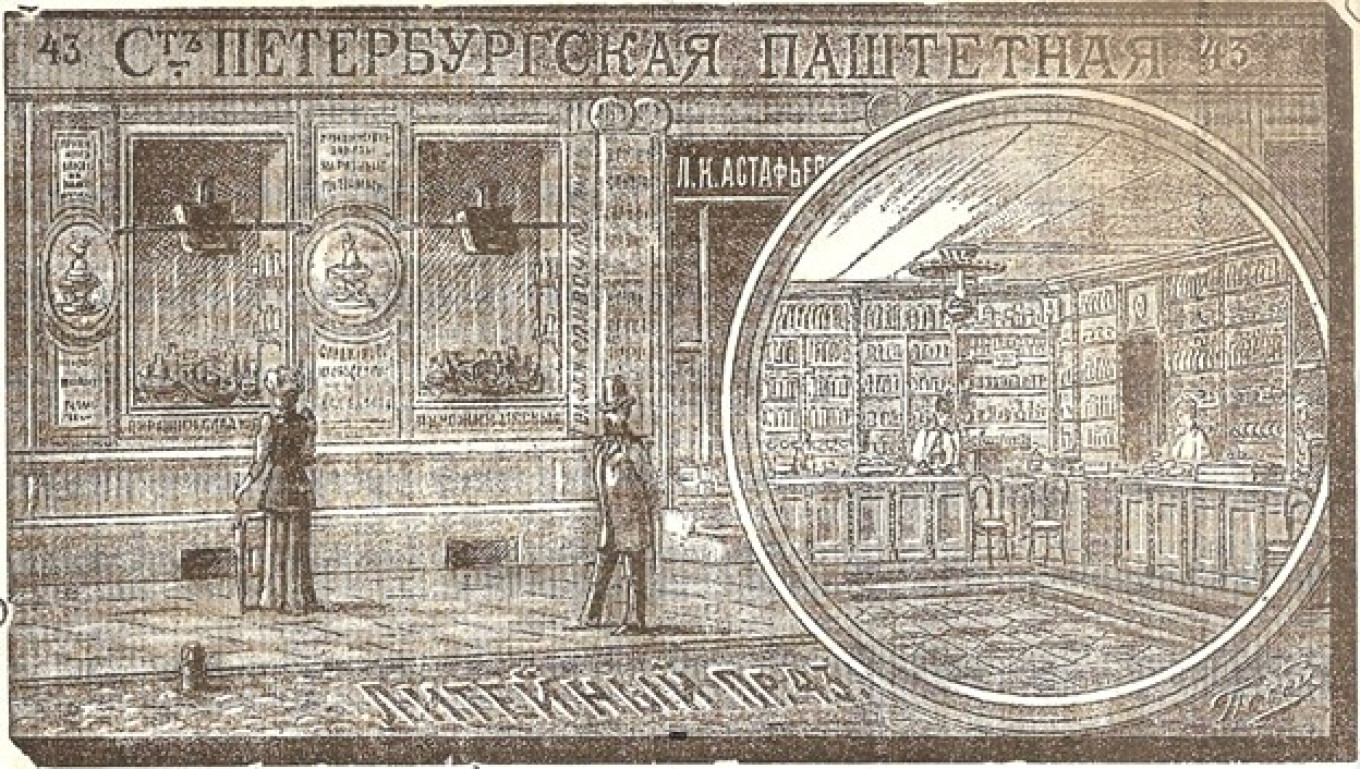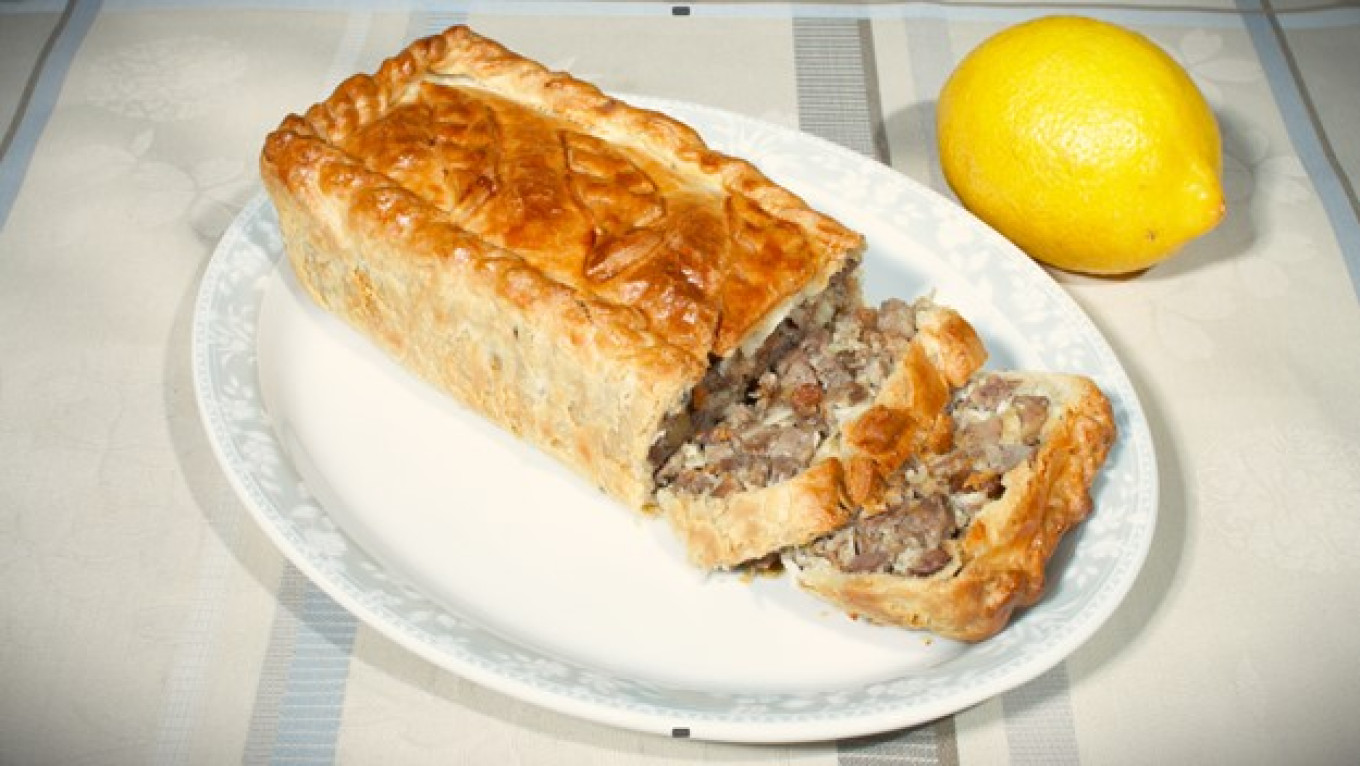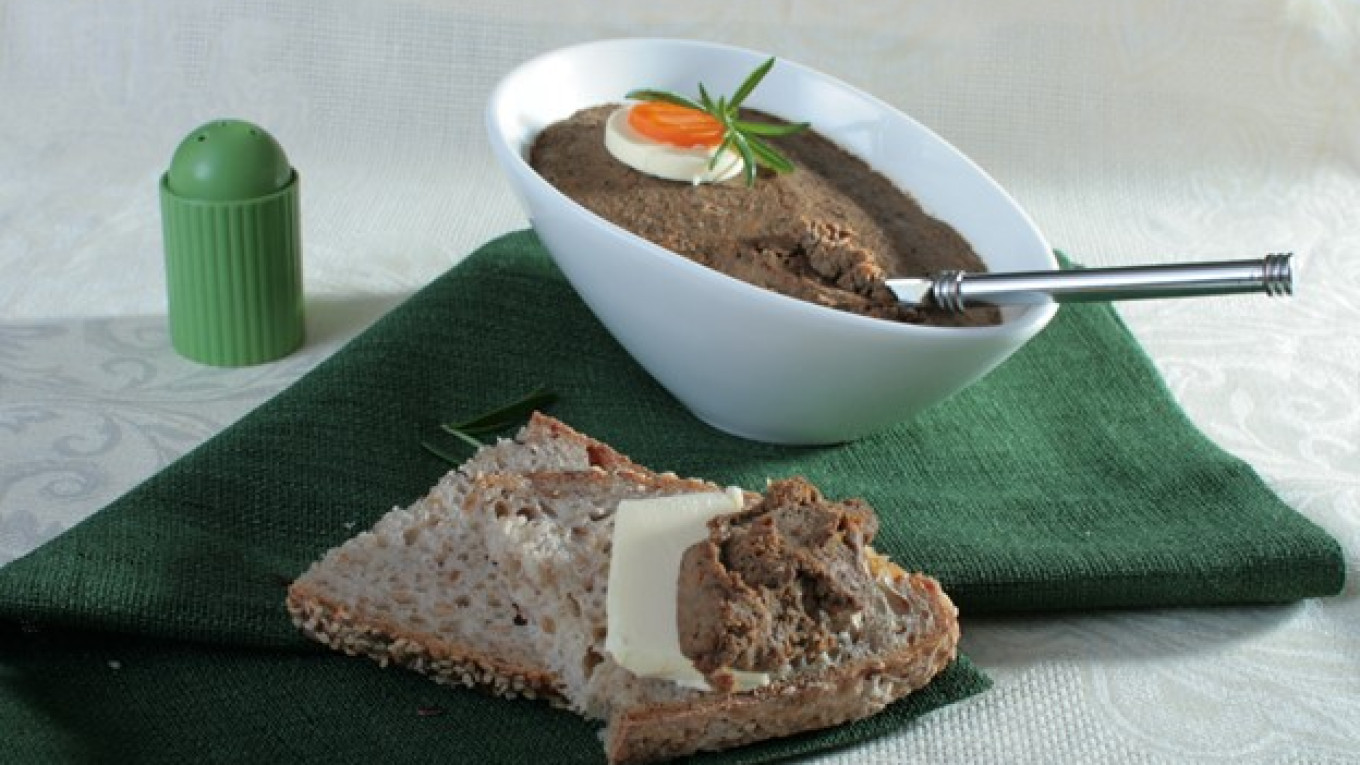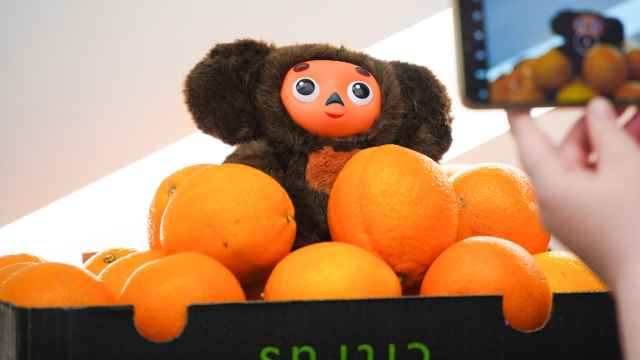The Russian word “pashtet” (паштет) may not be Russian originally, but now it is firmly part of the language. But few people today know the origin of this term. The word "pâté" is related to the word "pasta."
This isn't just a fun fact of linguistics. Pâté was indeed related to dough. A few centuries ago, pâté was prepared the same way it is today — minced meat was chopped, carrots, onions and spices were added. But then it was wrapped in dough and baked. The result was a kind of meat pie with pâté inside — the original meaning of the word.
The culinary logic was simple. The dough insulated the meat from contact with the air and thus increased the shelf life. Sometimes fat was poured over the top and solidified. This helped keep the filling fresh.
Pâtés have been known in Russia for quite a long time. Even Pushkin in "Yevgeny Onegin" wrote about an "imperishable Strasbourg pie” — an ordinary pâté of goose liver baked in dough. It came from Europe to Russia long ago — the beginning of the 19th century.
In Russia the art of the pâté gradually reached perfection. Ignatius Radetsky, a well-known Russian gourmand of the mid-19th century, describes in his book hot pâtés made of grouse, pheasant with truffles, pike-perch and burbot liver, and even with minced larks. Special stores even began to appear on the streets of St. Petersburg — "Pashtetnye" — where these dishes were not only sold but also prepared. It was here that Pelageya Aleksandrova-Ignatieva, author of the country's first cookery book, began her career.

Pâtés did not immediately reappear after the 1917 Revolution. For a long time they were only a memory, a myth of vanished fine cuisine. Even the first edition of “The Book of Tasty and Healthy Food” in 1939 mentions only stuffed hare, an aristocratic dish at least somewhat reminiscent of pâté, as a snapshot from the past. This was generally consistent with the existing approach to cooking in the Stalinist period: a total rejection of the bourgeois past.
Although pâté was sold in stores, it did not really take hold in mass cuisine before World War II. Recipes first appeared only in the third edition of “The Book of Tasty and Healthy Food” in 1953. But in just a few years the monumental 1955 volume of "Kulinariya" would introduce the home cook to fish and eggplant, olives and liver pâté. The kulebyaka pâté in the cookbook was instantly recognizable to cognoscenti as a version of the "imperishable Strasbourg pâté" that Pushkin's hero dined on.

However, over time all these Soviet experiments came down to just a few recipes. The State Standard of 1966 described only five types of pâté:
- Liver pâté was codified in two versions, with pork fat and with butter. The butter version consisted of 55 % liver, 10 % brains; 30 % butter; 3.1 % onion, salt, sugar, ground pepper, nutmeg, cinnamon, cloves.
- Meat pâté could be made with previously processed meat. That meant it could be made of tinned meat close to its expiration date or cooked meat in cafeterias that had not been used.
- Arktika pâté was made with pork in addition to beef liver.
- Prague pâté was made with pork meat, liver, eggs and milk. This was the only Soviet pâté that could include potato starch.
- Lvov pâté consisted of 60 % brains.

Pâtés got an unexpected boost in popularity from… space travel. In the first space flights, most of the cosmonauts’ food was in the form of pâtés, sauces and purees. They were packaged in tubes like those used for toothpaste but made of aluminum with a special coating inside.
German Titov, the second Soviet cosmonaut in space, described a typical lunch: "There were no plates, no spoons, no forks, and no napkins in the cabin. I reached up to the food containers and pulled out the first tube. It contained puréed soup, which I squeezed into my mouth like toothpaste. For the second course I had meat and liver pâté and drank blackcurrant juice.”

People who lived in the Soviet period will tell you that there were essentially two kinds of pâté: homemade and store-bought. There was a type of store in the U.S.S.R. called "Kulinariya” that sold mostly ready-to-cook or ready-to-eat dishes. A housewife dashing home from work only had to boil, fry or just heat up what she bought. Among the iced cutlets and patties were pâtés. The saleswoman would just cut a slice of 200-300 grams — just enough for dinner or breakfast. After all, a sandwich with liver pâté was a pleasant alternative to the usual cold cuts.
However, the best tasting store-bought pâté was canned. There was only one kind — liver pâté. In the 1980s, it was available only to people working in large enterprises or ministries, where it was often one of the items in special “food orders” made available to employees. Along with canned sturgeon and red caviar, good pâté was a sign of enviable social status in the U.S.S.R. And no official banquet at the Kremlin Palace or a major restaurant was without them: elegantly decorated pâtés made of game or wild boar.

But, of course, no factory-made pâté can compare with homemade pâté. A Soviet feast was unthinkable without a variation of homemade pâté.
This beef liver pâté has been a favorite in our family for several generations. It is tried and true, and you can trust that it will turn out brilliantly every time. The recipe is just about perfect because it allows experimentation. You can replace the lard with vegetable oil or omit the onions, but not the carrots — they are essential.
Beef or Veal Liver Pâté
Ingredients
- 500g (1.1 lb) veal or beef liver
- 100 g (3.5 oz) lard
- 100 g (3.5 oz) butter
- 1 carrot
- 1 onion
- 1 parsnip
- bay leaf, allspice, salt, nutmeg
Instructions
- Wash the liver, remove all the membranes and bile ducts, cut into small pieces, and peel carrot, parsley and onion into thin slices. Sauté all together in the lard (or vegetable oil) with a bay leaf and a few allspice berries.
- When it is done, pass it through a meat grinder two or three times (you can also press it through a sieve). It is very important not to overcook the liver, otherwise the pâté will not be as juicy as it should be.
- Place the finely minced liver mix in a pan, add salt, pepper, grated nutmeg. Gradually beat in the butter with a spatula.
- When all the butter is incorporated and the pâté is smooth, pack it into a glass in a glass or porcelain dish. Cool thoroughly before serving.
A Message from The Moscow Times:
Dear readers,
We are facing unprecedented challenges. Russia's Prosecutor General's Office has designated The Moscow Times as an "undesirable" organization, criminalizing our work and putting our staff at risk of prosecution. This follows our earlier unjust labeling as a "foreign agent."
These actions are direct attempts to silence independent journalism in Russia. The authorities claim our work "discredits the decisions of the Russian leadership." We see things differently: we strive to provide accurate, unbiased reporting on Russia.
We, the journalists of The Moscow Times, refuse to be silenced. But to continue our work, we need your help.
Your support, no matter how small, makes a world of difference. If you can, please support us monthly starting from just $2. It's quick to set up, and every contribution makes a significant impact.
By supporting The Moscow Times, you're defending open, independent journalism in the face of repression. Thank you for standing with us.
Remind me later.







